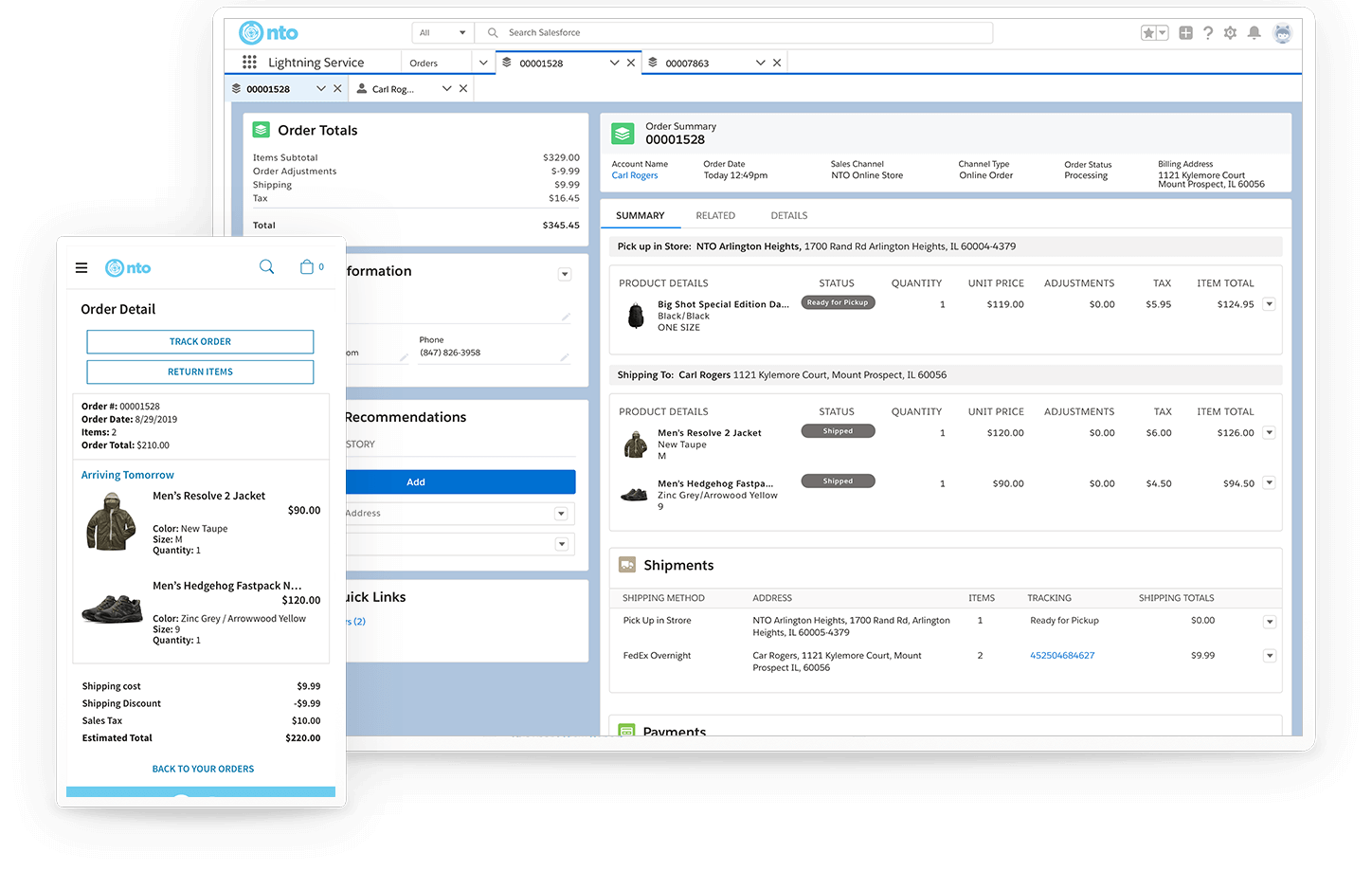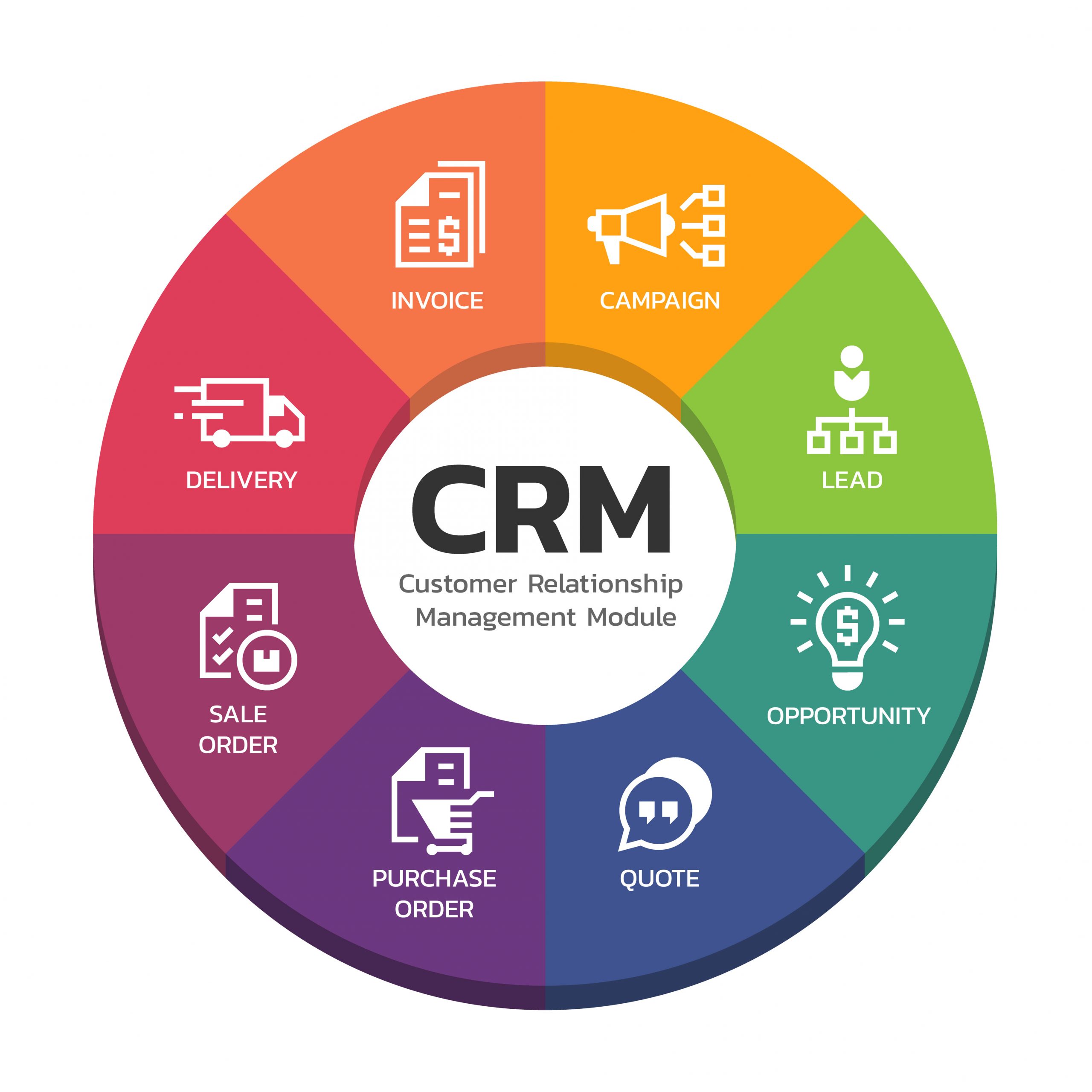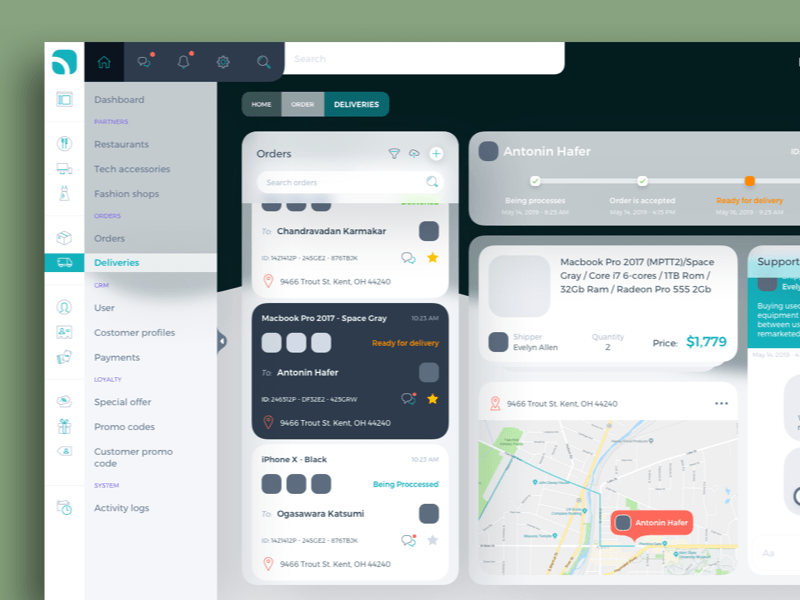CRM with order management integration emerges as a transformative solution, streamlining processes, enhancing customer experiences, and propelling sales efficiency. By seamlessly connecting customer relationship management (CRM) and order management systems, businesses unlock a wealth of advantages that drive revenue generation and foster enduring customer loyalty.
This integration empowers organizations with a comprehensive suite of features that optimize customer interactions and streamline order fulfillment. Automated order tracking, inventory management, and integrated customer support elevate the customer experience, while clear data mapping and seamless data flow between systems ensure operational efficiency.
Benefits of CRM with Order Management Integration

Integrating CRM and order management systems offers numerous advantages that streamline processes, enhance customer experiences, and boost sales efficiency. This integration empowers businesses to manage customer interactions and orders seamlessly, leading to increased revenue generation and improved customer retention.
Streamlined Processes
- Eliminates manual data entry and reduces errors.
- Automates order processing and fulfillment, saving time and resources.
- Provides a centralized view of customer information and order history.
Enhanced Customer Experiences
- Provides personalized and consistent experiences across channels.
- Enables proactive customer service by tracking order status and providing real-time updates.
- Facilitates easy access to order information, reducing customer inquiries.
Increased Sales Efficiency
- Improves sales forecasting and inventory management.
- Automates order approvals and discounts, speeding up the sales process.
- Provides insights into customer buying patterns, enabling targeted marketing campaigns.
Impact on Revenue Generation and Customer Retention
- Increased sales conversion rates due to streamlined processes and enhanced customer experiences.
- Improved customer satisfaction and loyalty, leading to repeat purchases and positive word-of-mouth.
- Reduced operational costs through automation and efficiency gains.
Key Features of CRM with Order Management

Effective CRM with order management integration is characterized by a range of essential features that contribute to enhanced customer relationship management and efficient order processing.
These features include:
Automated Order Tracking
- Provides real-time visibility into order status, from placement to delivery.
- Keeps customers informed and reduces the need for manual inquiries.
- Example: Integration with shipping carriers allows automatic tracking updates.
Inventory Management, Crm with order management
- Synchronizes inventory data between CRM and order management systems.
- Prevents overselling and ensures accurate stock levels.
- Example: Integration with warehouse management systems provides real-time inventory updates.
Customer Support Integration
- Links customer support tickets to related orders.
- Provides customer support agents with contextual information for faster resolution.
- Example: Integration with helpdesk software allows agents to access order details directly.
Challenges of Implementing CRM with Order Management

Implementing CRM with order management integration can introduce several challenges and complexities. One significant challenge is ensuring seamless data integration between the two systems. Data consistency and accuracy are crucial for effective order management, and any discrepancies can lead to errors and inefficiencies.Another challenge lies in aligning business processes across both systems.
CRM and order management systems often have different functionalities and workflows, and integrating them requires careful planning and coordination. Misalignment can result in fragmented processes, redundancies, and potential delays.User adoption is also a critical factor to consider. Implementing a new system can be disruptive for users, and it’s essential to ensure they are adequately trained and supported to maximize adoption.
Resistance to change or lack of understanding can hinder the success of the integration.
Strategies for Overcoming Challenges
Overcoming these challenges requires a comprehensive approach that addresses data integration, process alignment, and user adoption. Data integration can be facilitated through the use of data mapping tools and regular data reconciliation processes. Process alignment involves analyzing existing workflows, identifying areas for improvement, and developing integrated processes that leverage the strengths of both systems.
User adoption can be enhanced through effective training, communication, and ongoing support.
Best Practices for CRM and Order Management Integration
Integrating CRM and order management systems effectively requires following industry standards and best practices. These guidelines ensure seamless data flow, clear data mapping, and efficient business processes.
To achieve successful integration, it’s crucial to define clear data mapping between the systems. This involves identifying the fields and data elements that need to be exchanged and ensuring consistency in data formats and definitions. Establishing a common data dictionary or using data integration tools can help streamline this process.
Define Business Processes
Clearly defining the business processes that will be supported by the integrated systems is essential. This includes identifying the roles and responsibilities of different users, as well as the workflows and processes for order fulfillment, customer service, and other relevant functions.
Mapping out these processes helps ensure that the integration aligns with the organization’s business objectives.
Ensure Seamless Data Flow
Maintaining seamless data flow between CRM and order management systems is critical. This involves setting up automated data synchronization mechanisms to ensure that data is updated in real-time across both systems. Regular data audits and monitoring can help identify and resolve any data inconsistencies or errors that may arise.
Optimize Performance
Optimizing the performance of the integrated systems is essential to maximize the benefits of the integration. This includes using efficient data integration tools, optimizing database structures, and implementing caching mechanisms to improve response times. Regularly monitoring system performance and making adjustments as needed can help ensure optimal performance.
Case Studies of Successful CRM with Order Management Implementations

Numerous organizations across various industries have witnessed significant benefits by integrating CRM with order management systems. Here are some real-world examples that showcase the challenges, solutions, and measurable outcomes achieved:
These case studies provide tangible evidence of the value and advantages of CRM and order management integration, demonstrating how businesses can streamline processes, enhance customer experiences, and drive growth.
E-commerce Retailer
Challenge:A leading e-commerce retailer faced challenges in managing customer orders effectively due to fragmented systems and lack of real-time visibility.
Solution:Implemented a CRM integrated with order management, providing a centralized platform for order processing, tracking, and customer service.
Results:Reduced order fulfillment time by 25%, improved customer satisfaction by 15%, and increased average order value by 10%.
Manufacturing Company
Challenge:A manufacturing company struggled to align sales and production teams, leading to production delays and missed customer deadlines.
Solution:Integrated CRM with order management, enabling real-time communication between sales and production, automated order updates, and improved inventory management.
Results:Reduced production lead time by 20%, improved on-time delivery by 15%, and increased customer retention by 10%.
Healthcare Provider
Challenge:A healthcare provider faced difficulties in managing patient orders and tracking insurance information, leading to delays in treatment and patient dissatisfaction.
Solution:Integrated CRM with order management, streamlining patient order processing, automating insurance verification, and providing a comprehensive view of patient health records.
Results:Improved patient satisfaction by 20%, reduced treatment delays by 15%, and increased revenue by 10%.
Closure

Embracing CRM with order management integration has proven to be a game-changer for businesses across diverse industries. Real-world case studies showcase the tangible benefits of this integration, demonstrating its ability to address challenges, optimize processes, and deliver measurable results. By implementing best practices and leveraging the latest technologies, organizations can harness the full potential of this integration, propelling their businesses towards success.
FAQ Insights
What are the key benefits of CRM with order management integration?
CRM with order management integration streamlines processes, improves customer experiences, increases sales efficiency, boosts revenue generation, and enhances customer retention.
What are the essential features of an effective CRM with order management integration?
Key features include automated order tracking, inventory management, customer support integration, data mapping, and seamless data flow between systems.
What are the challenges associated with implementing CRM with order management integration?
Challenges include data integration, process alignment, user adoption, and ensuring a smooth implementation process.